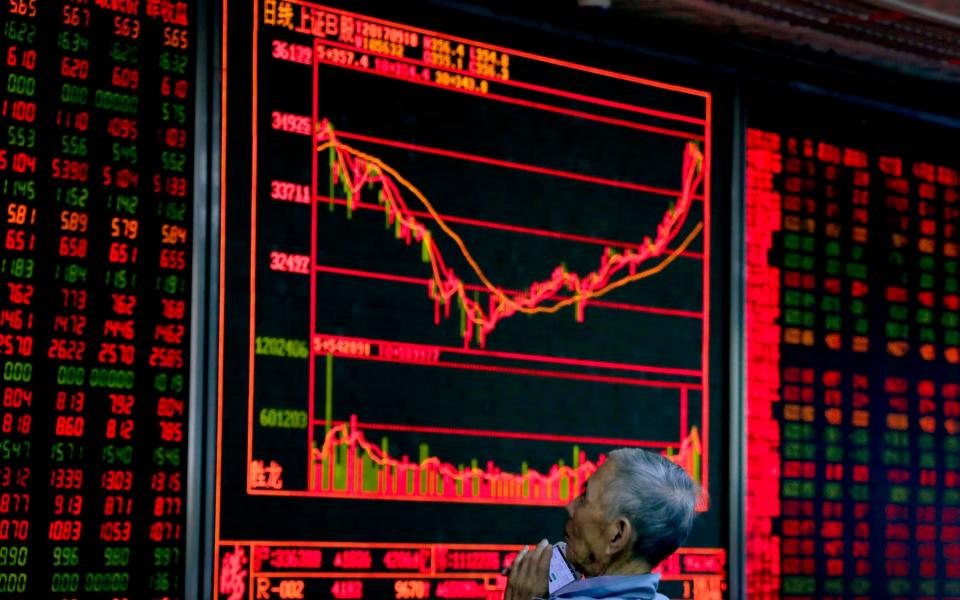Investors pulled $5.8 billion out of emerging market stocks in February

Emerging market stocks lost almost $5.8 billion of funds from non-resident investors last month, a report from the Institute of International Finance shows.
The drawdown in emerging market equities, which are considered more risky than stocks from developed markets like the United States and the euro zone, could be seen as an indicator of market sentiment toward risk overall. Emerging markets had seen net inflows from foreign investors for 14 straight months.
In January, net capital inflows were nearly $50 billion.
Overall, emerging markets lost $4.5 billion, marking the first month of outflows for the asset class since November 2016, after the surprise election of Donald Trump as U.S. president. IIF also noted that “investor appetite for EM bonds also weakened substantially, with portfolio debt inflows slipping from $16.2 billion in January to $1.3 billion in February.”
IIF Deputy Director Emre Tiftik said in an email to Yahoo Finance that the drawdown was largely the result of individuals, rather than large institutions, selling.
“The reversal in portfolio flows in early February has been short-lived and seems to be driven mainly by retail investors which are typically more prone than institutional investors, [such as] pension funds, insurers, etc. to be affected by short-term trends and news flow,” he said. “Looking ahead, we anticipate some volatility in the pace of EM flows as key central banks move further through their tightening cycle.”
Tiftik also noted that he believes the faster pace of emerging markets compared to developed market growth should “help support EM flows as the continuing search for yield for institutional investors remain in force.”

Emerging markets appear to be trading largely based on happenings in the United States, according to the report by Tiftik and IIF Senior Director Sonja Gibbs. They note that their data shows a drop in EM assets in the first half of February that was closely tied to the pullback in U.S. equities and rising U.S. government bond yields.
“Despite the pickup in EM growth and the robust investor appetite for EM assets in January, February’s turbulence underscores the note of caution in our outlook for EM net capital flows,” Gibbs and Tiftik said in their report.
Despite February’s sell-off, the group still sees a largely rosy picture for emerging markets for 2018. The IIF, which works with banking institutions around the globe to track fund flows, estimates that net flows to 17 of what it called “key emerging markets” will top $107 billion in 2018 after seeing $62 billion of net inflows in 2017.
Key risks include a stronger U.S. dollar, a pickup in inflation and lower risk tolerance from investors. Still, they expect “some moderation in the pace of inflows over the course of the year.”
—
Dion Rabouin is a markets reporter for Yahoo Finance. Follow him on Twitter: @DionRabouin.
Follow Yahoo Finance on Facebook, Twitter, Instagram, and LinkedIn.

 Yahoo Finance
Yahoo Finance 
